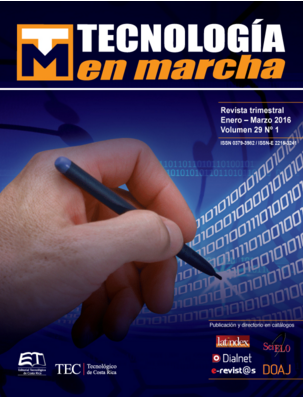Offer and demand of therapeutic equivalence studies (in vitro and in vivo) for medicines in Costa Rica
Main Article Content
Abstract
In the last decades the constant increase of medicine expenses worldwide, as well as the population growth and the increase of life expectancy, has led governments to look for alternatives to help reduce the impact of this matter in their budgets. Generic medicines are one option because they are cheaper than originator medicines. Nevertheless, the generic medicine must prove its therapeutic equivalence, before its registration, by undergoing in vitro and/or in vivo essays compared to a reference medicine to guarantee its quality, safety and efficacy; and, thus, its interchangeability.
An on line survey executed in March and April, 2013, helped determine there was a demand for 85 medicines produced in Costa Rica that, to be registered in the country, required the same amount of therapeutic equivalence studies; 47 required in vitro essays and 38 required in vivo essays. This demand came mainly from four laboratories that produce medicines in the country; it increases if exported medicines are included. Regarding the national offer of these services (in vitro and in vivo essays) from laboratories that do not belong to the producer, it is well known that this is very limited, since there were only two laboratories offering the service, and their work is limited, for now, to in vitro essays.
Article Details
Los autores conservan los derechos de autor y ceden a la revista el derecho de la primera publicación y pueda editarlo, reproducirlo, distribuirlo, exhibirlo y comunicarlo en el país y en el extranjero mediante medios impresos y electrónicos. Asimismo, asumen el compromiso sobre cualquier litigio o reclamación relacionada con derechos de propiedad intelectual, exonerando de responsabilidad a la Editorial Tecnológica de Costa Rica. Además, se establece que los autores pueden realizar otros acuerdos contractuales independientes y adicionales para la distribución no exclusiva de la versión del artículo publicado en esta revista (p. ej., incluirlo en un repositorio institucional o publicarlo en un libro) siempre que indiquen claramente que el trabajo se publicó por primera vez en esta revista.

